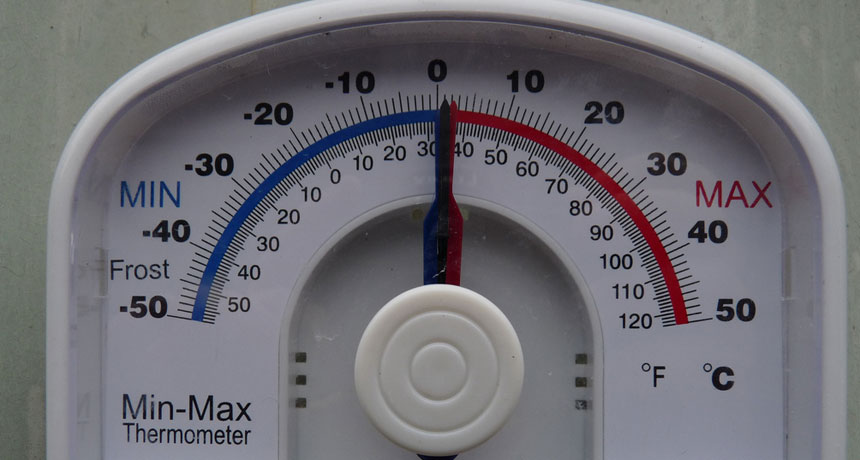Explainer: Temperature and electrical resistance
Temperature measures the motion of molecules

Temperature and electrical resistance are all about the movement of molecules.
Karen Blakeman/Flickr/ (CC BY-NC 2.0)
Temperature measures the motion of molecules

Temperature and electrical resistance are all about the movement of molecules.
Karen Blakeman/Flickr/ (CC BY-NC 2.0)